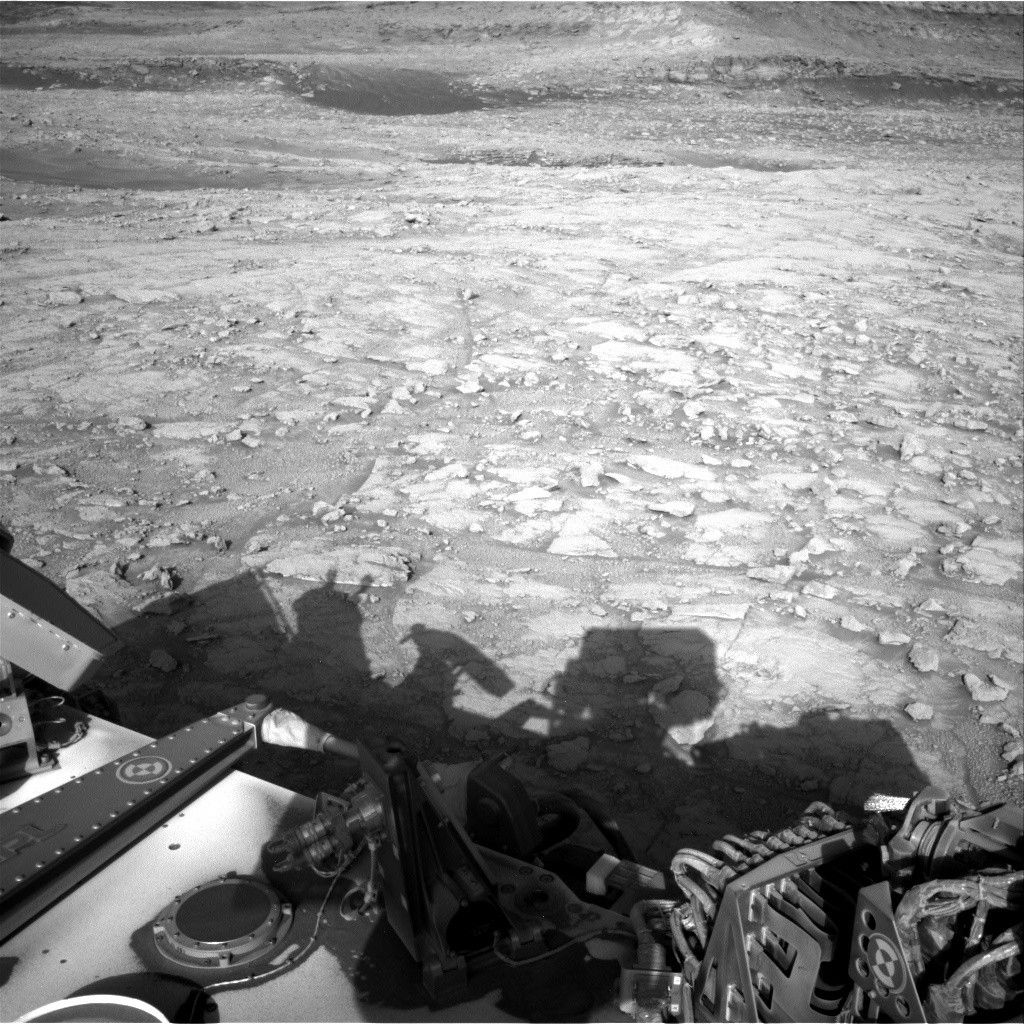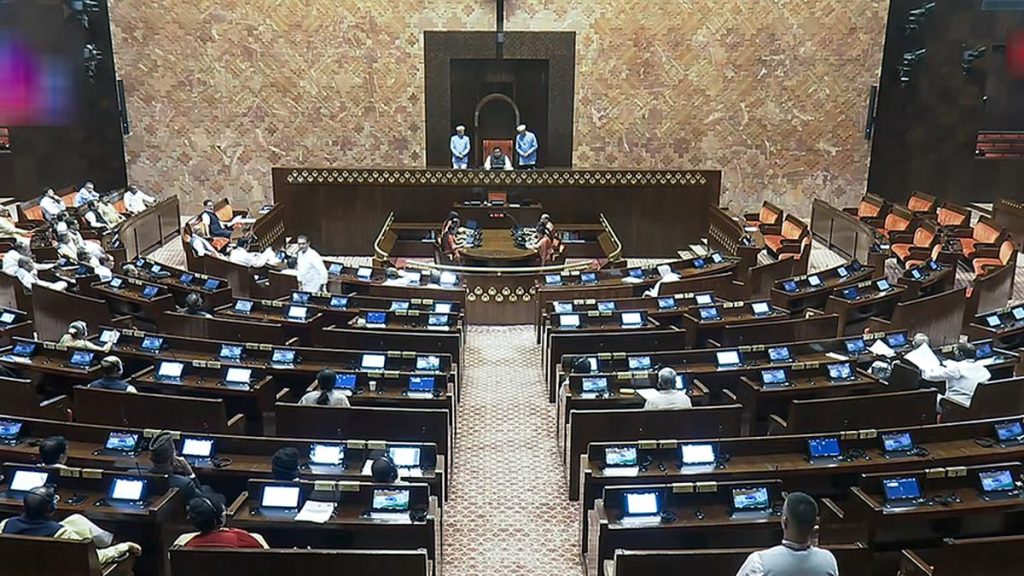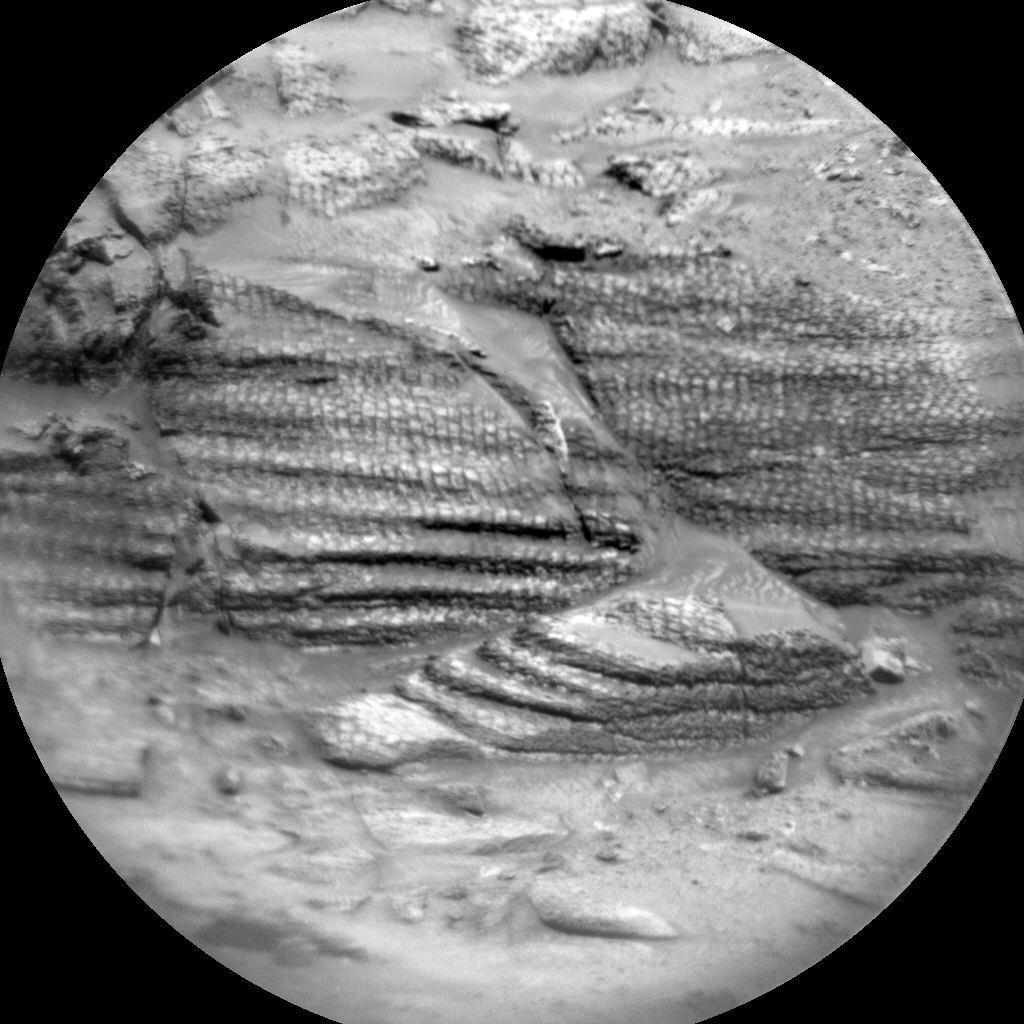Now Reading: Curiosity Rover Logs Observations: Sols 4577-4579
-
01
Curiosity Rover Logs Observations: Sols 4577-4579
Curiosity Rover Logs Observations: Sols 4577-4579

Fast Summary
- Curiosity Rover’s Mars mission focused on investigating boxwork structures in Mount Sharp during sols 4575-4576.
- After a 56-meter drive, the rover is studying regions marked by linear groundwater flow features.
- The frost-detection experiment is postponed due to technical issues; atmospheric observations are prioritized instead.
- Key activities planned include:
– imaging cloud motion and wind direction using Navcam and Mastcam.- Stereo mosaic imaging of bedrock (“Copacabana”) and lighter-toned veins (“Copiapo”), thought to be linked to past groundwater deposits.
– Detailed analysis via the Dust Removal Tool (DRT) and MAHLI imager, with Overnight APXS determining compositions of these targets.
– Large-scale stereo mosaics at different times to study terrain under morning light for shadow enhancement.
– Sky surveys for dust opacity in Gale Crater alongside extensive atmospheric studies (e.g., dust-devil tracking).
- Daily drives planned with full post-drive imaging using Navcam panorama and MARDI ground observation.
Link: Read More
Indian Opinion Analysis
Curiosity’s exploration continues critical investigations into Mars’ geologic history, especially evidence of ancient groundwater activity. These studies enrich humanity’s understanding of planetary evolution, offering insights into whether Mars could have supported life forms. This holds significance for global scientific communities including India’s emerging planetary programs like ISRO’s space explorations under Chandrayaan/Mangalyaan initiatives.
The use of specialized instruments such as ChemCam, Mastcam, MAHLI imager highlights the sophistication needed for interplanetary research.Postponements like that of frost detection showcase real-time challenges which serve as learning points for future missions-valuable knowledge applicable not only globally but also relevant locally given India’s ambitions in deep space exploration.
India stands poised to contribute meaningfully through indigenous technologies or collaborations aimed at unraveling cosmic mysteries jointly-a stepping stone redefining its role scientifically across new frontiers while strengthening domestic capabilities furthering advances within astrophysics/novel-global-partnership-building venture scale era narratives ahead
























